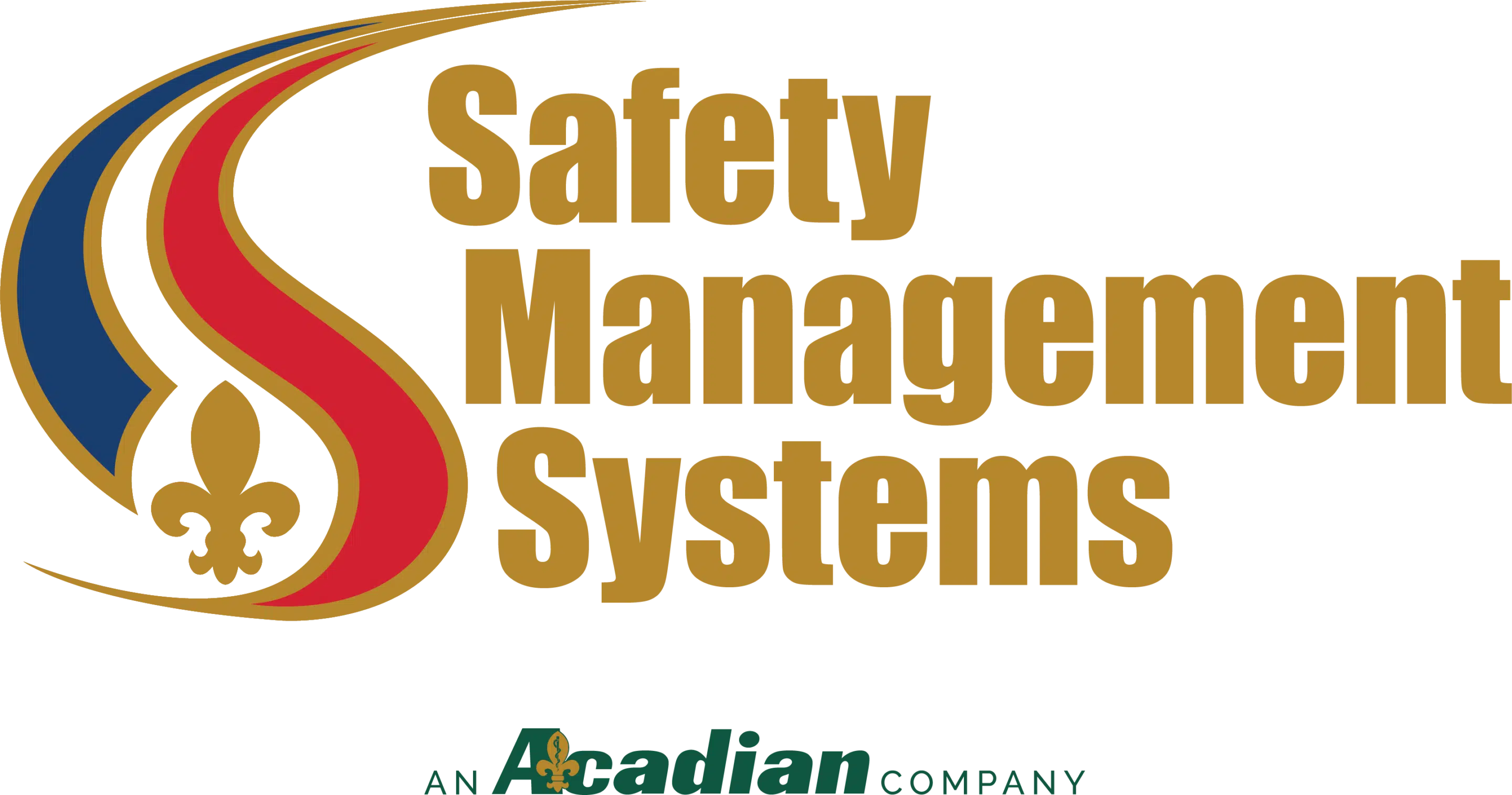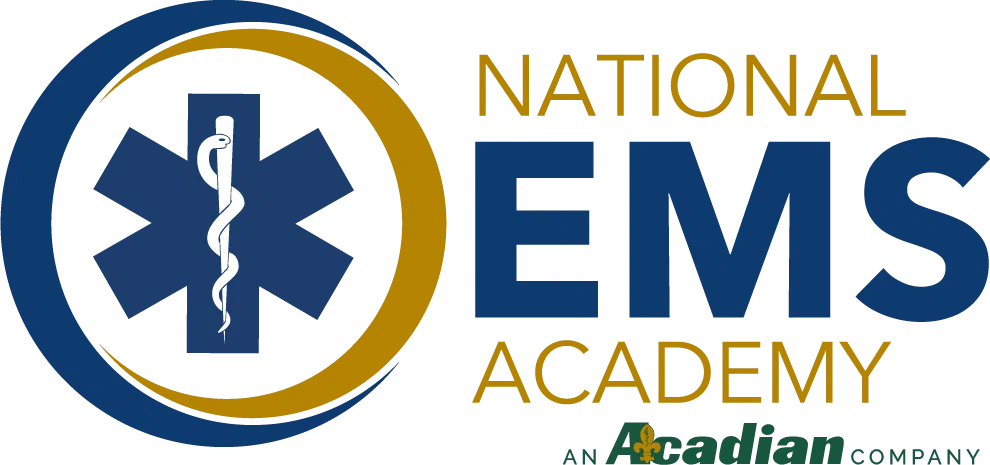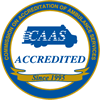One of the biggest occupational hazards the oil and gas industry faces today is the presence of hydrogen sulfide gas, or H2S. It is the second most deadly poisonous gas, after hydrogen cyanide. H2S develops along with crude oil and natural gas, and is produced by bacteria as it decomposes organic material. Since it it heavier than air, it fills spaces and pushes air out of the way and often collects in low-lying and poorly ventilated areas. It can also be found in water, and water-treatment plants and released when agitated. H2S is acidic and corrosive, highly flammable, and will even combust when mixed with the right amounts of air and produces sulfur dioxide.
Since H2S is easily inhaled and rapidly absorbed into the lungs, it prevents oxygen from bonding to red blood cells, causing oxygen deprivation. It saturates these red blood cells resulting in H2S’ transport to the brian. The effects of being exposed to H2S depend on the concentration of the gas and the duration of exposure but can cause symptoms ranging from a headache and nausea to unconsciousness and even death.
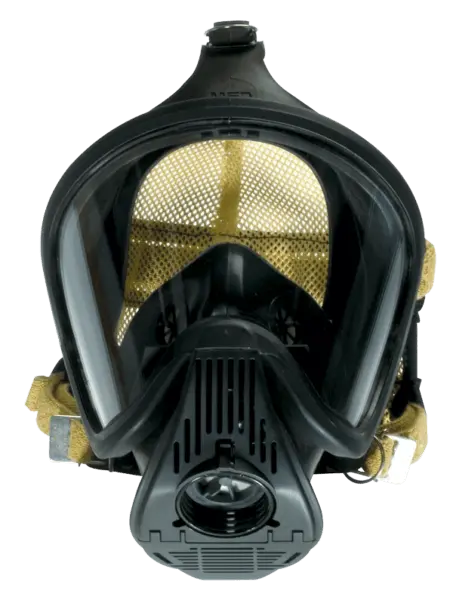
The full-facepiece respirators are an upgrade from standard respirators with a one-way check valve that prevent cross contamination and prevent exhaled air from entering the mask mounted regulator.
H2S gives off an rotten eggs smell and people mistakenly assume that they will know when it is present. However, while H2S is quite pungent at first, it quickly deadens your sense of smell. Employees mistakenly assume the danger has passed.
Having an H2S safety program in place is imperative to any company in this industry. A quality H2S program should have highly-trained H2S technicians along with the best equipment and most advanced technology available. Wireless hydrogen sulfide sensors can be quickly and easily installed when existing sensors are not present which eliminates running wires throughout the job site. They can also tie into existing systems eliminating the need for duplicate sensors. All detectors should be tested and calibrated daily.
A temporary, high pressure air loop safety system can also be installed in addition to air and monitoring trailers for land locations. SMS air and monitoring trailers have built in high and low pressure air lines running from onboard tanks to supply a safe muster point and allow monitoring for H2S within minutes of arriving at a location. Air packs can be refilled onboard using one of two explosion proof refill stations, protecting crews from tank failures.
“SMS attracts some of the most experience H2S technicians in the field,” said President Scott Domingue, “and together we have built an adaptive H2S solution that is customized for every client.” By having a dynamic standard operating procedure and using a guided intranet system to mediate discussion, SMS can develop the H2S best practices for any client.
Our H2S technicians are educated in basic metallurgy (how metals react to chemical exposure), hazard identification, and standards set forth be NACE International (originally known as the National Association of Corrosion Engineers). In addition, SMS offers some of the most cutting-edge equipment to ensure the safety of everyone on site. We use only MSA equipment, one of the most respected safety brands in the industry. Composite, high-pressure tanks have lighter and smaller air packs with an escape bottle that has double the capacity of most current escape bottles. The full-facepiece respirators are an upgrade from standard respirators with a one-way check valve that prevent cross contamination and prevent exhaled air from entering the mask mounted regulator. Every worker on site is provided a personal H2S monitoring device.
Learn more about our H2S program here.
